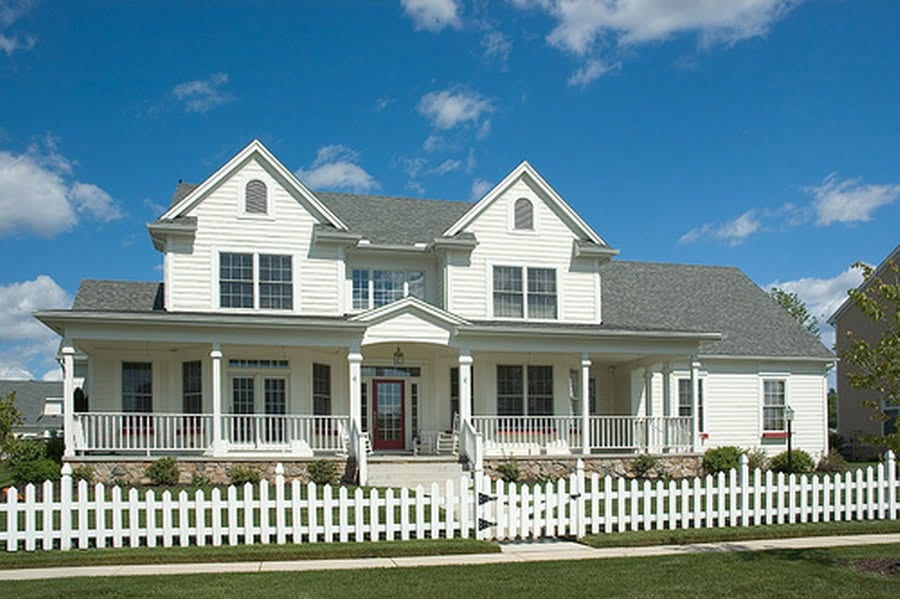
Maintenance of gutters is an important but often neglected task in home upkeep. Gutters are essential for diverting water away from a home’s foundation, preventing water-related issues like damage and flooding. However, debris buildup over time can lead to clogs and potential damage to the gutter system. Regular inspection and upkeep of gutters are crucial to ensure they are working effectively.
One of the most common issues with gutters is leaks. Leaks can occur due to rust, corrosion, or damage from heavy storms or falling branches. If left untreated, leaks can lead to water seeping into the walls and foundation of a house, causing extensive damage and potentially leading to mold growth. Repairing leaks in gutters is essential to maintain the structural integrity of a home and prevent costly repairs in the future.
Another common issue with gutters is sagging or pulling away from the house. This can be caused by the weight of debris and water buildup in the gutters, as well as improper installation or aging of the gutter system. Sagging gutters can prevent water from draining properly, leading to overflow and potential damage to the roof and foundation. Repairing sagging gutters may involve reattaching them to the house or replacing damaged sections of the gutter system.
In addition to leaks and sagging, gutter repair may also involve cleaning and unclogging gutters. Debris such as leaves, twigs, and dirt can accumulate in gutters over time, leading to blockages that prevent water from draining properly. Regularly cleaning gutters can help prevent clogs and ensure that water flows freely away from the house. In some cases, it may be necessary to install gutter guards or screens to prevent debris from entering the gutter system.
When it comes to gutter repair, it is important to hire a professional contractor with experience in working with gutters. DIY gutter repair can be dangerous and may result in further damage to the gutter system or injury to the homeowner. A professional contractor will have the necessary tools and expertise to inspect, repair, and maintain gutters effectively, ensuring that they are functioning properly and protecting the home from water damage.
When hiring a gutter repair contractor, it is essential to research and compare different companies to find one that is reputable and reliable. Check online reviews, ask for references, and inquire about the contractor’s experience and qualifications. A reputable contractor will provide a detailed estimate of the cost of the repair, as well as a timeline for completing the work. It is important to communicate openly with the contractor and discuss any concerns or questions you may have about the gutter repair process.
In conclusion, gutter repair is a crucial aspect of home maintenance that should not be overlooked. Regular inspection, cleaning, and maintenance of gutters can prevent costly damage to the home and ensure that water is properly directed away from the foundation. Issues such as leaks, sagging, and clogs should be addressed promptly by a professional contractor to prevent further damage and maintain the structural integrity of the home. By investing in gutter repair, homeowners can protect their property and ensure that their gutter system is functioning properly for years to come.



You must be logged in to post a comment.